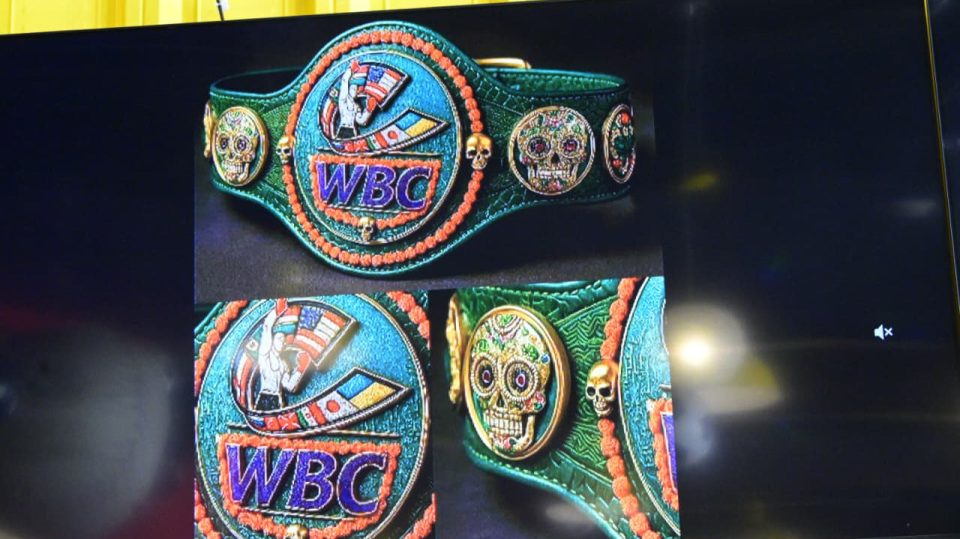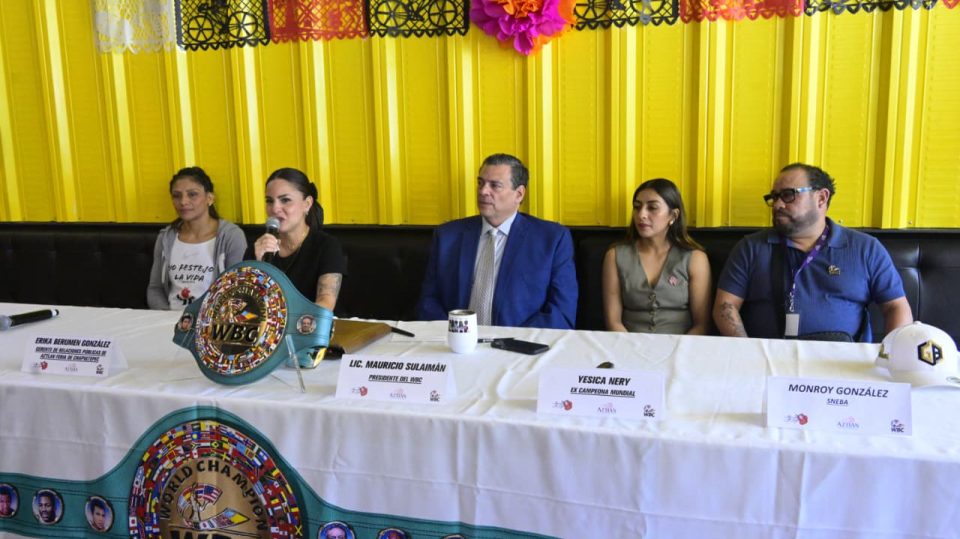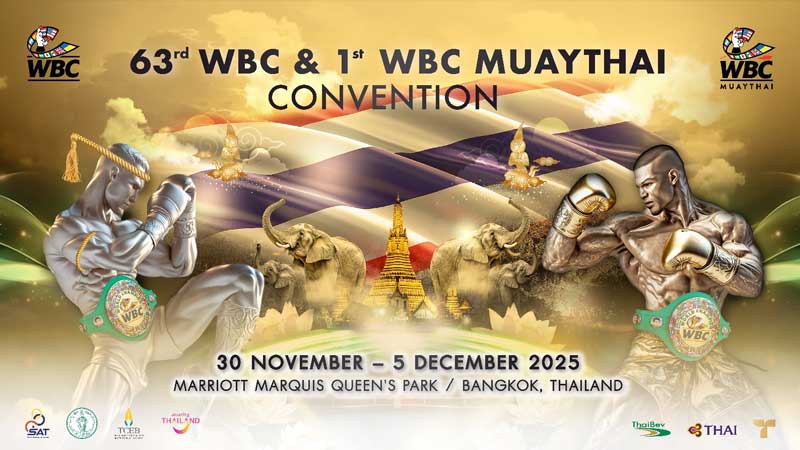
Some Historical Achievements at WBC Conventions
The annual Conventions of the World Boxing Council have historically been the setting for important achievements and agreements that have transformed the rules and safety in boxing, always with a primary focus on the protection of the boxer.
The WBC will hold its 63rd Annual Convention at the Marriott Marquis Queen’s Park in Bangkok, Thailand, from November 30 to December 5. This world-class event will bring together the biggest figures in boxing, including champions, promoters, trainers, and officials, to discuss the future of the sport and celebrate its rich history.
This year’s convention will be historic, as for the first time, the WBC Muaythai will join the annual event, holding its first convention and creating a joint celebration that unites the worlds of boxing and Muaythai.
Register at the following link:
REGISTRATION LINK: https://wbcconvention2025.com/
Below are some of the most significant milestones and agreements achieved at WBC conventions throughout its history:
12-Round Limit (1980): Possibly the most transcendental measure. The number of rounds was reduced from 15 to 12 in world title fights to decrease the risk of serious and fatal brain injuries, a rule that has become the global standard in boxing.

Mandatory 8-Count (1978): This rule was instituted to give the knocked-down boxer more recovery time before action resumes.
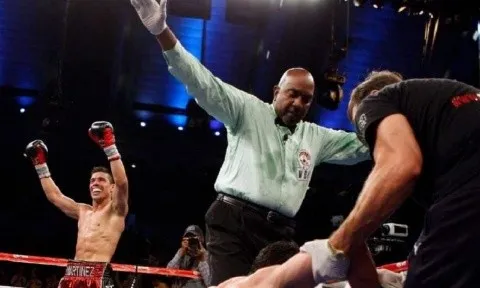
Abolition of the Saved by the Bell Rule (1978): The rule that allowed a boxer knocked down at the end of a round to be “saved” by the bell was eliminated. If a boxer goes down, the count must continue regardless of the end of the round.
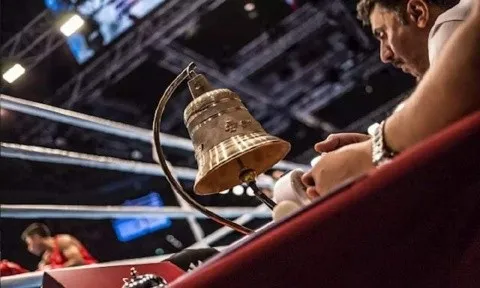
Mandatory Annual Medical Examinations, including MRI (1978): Established to monitor fighters’ health and prevent serious risks.
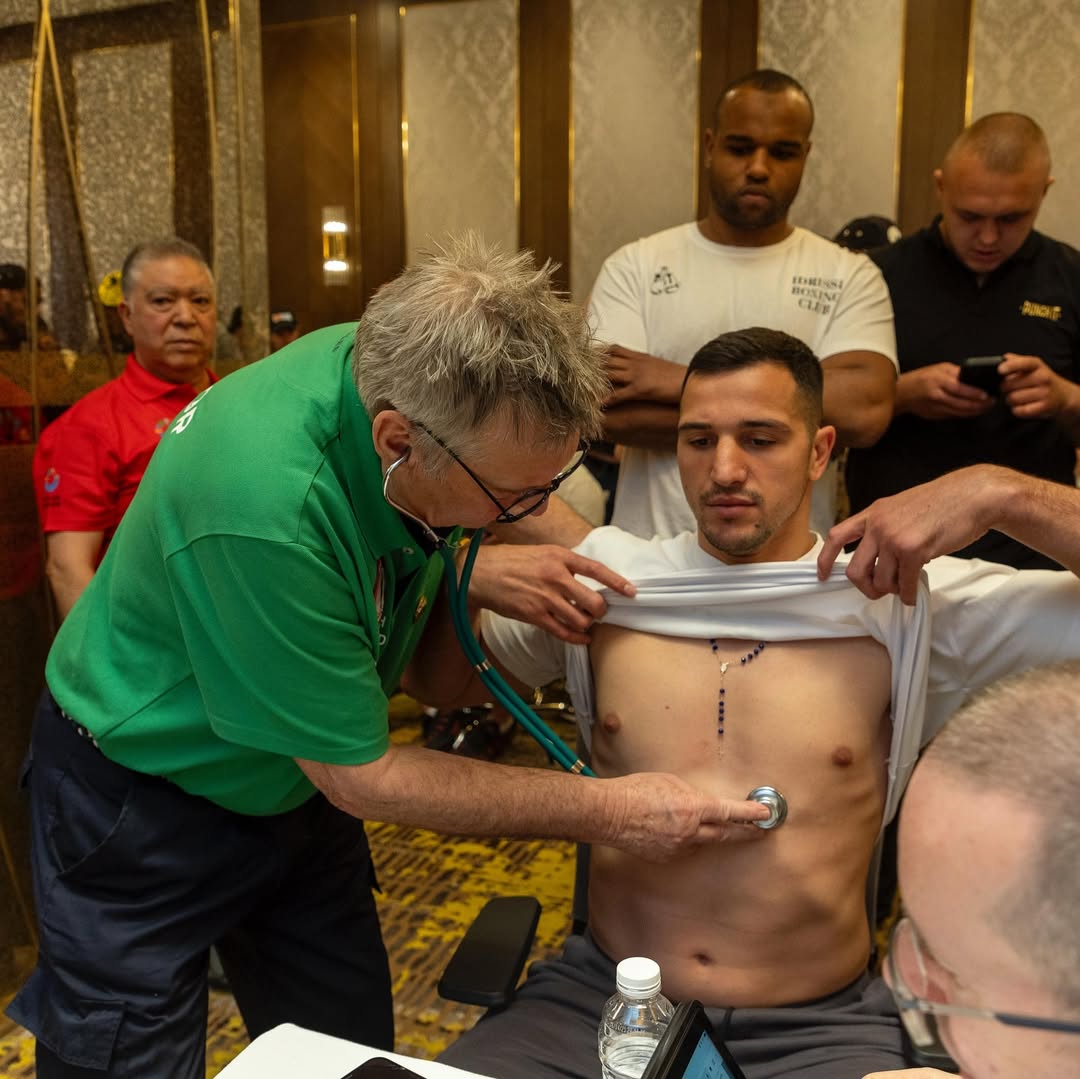
24-Hour Pre-Fight Weigh-in (1995): This innovative rule was created to prevent excessive abuse of the body and dehydration from trying to lose weight drastically before the fight.
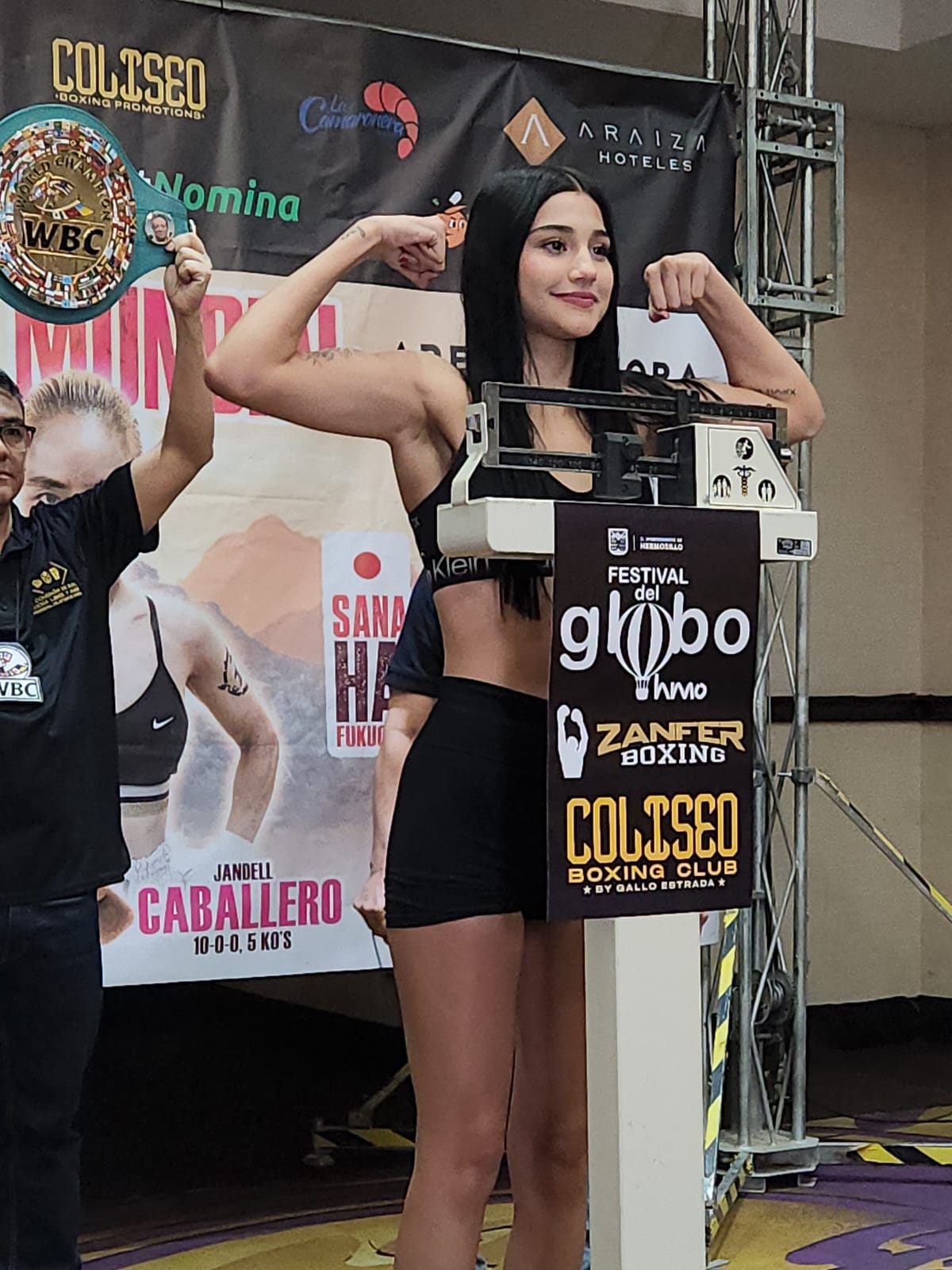
Glove with Attached Thumb (1979, Casablanca): This glove design was implemented to prevent eye and hand injuries.
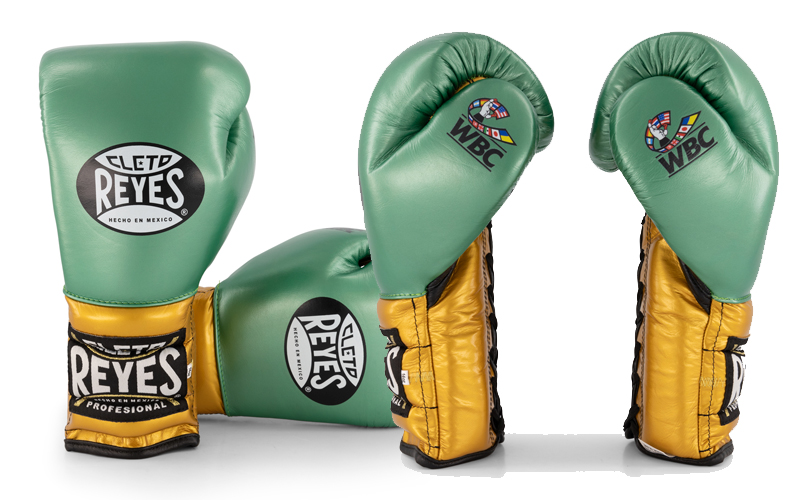
Abolition of 6-Ounce Gloves (1992): It was determined that only gloves with greater padding would be used to increase protection.
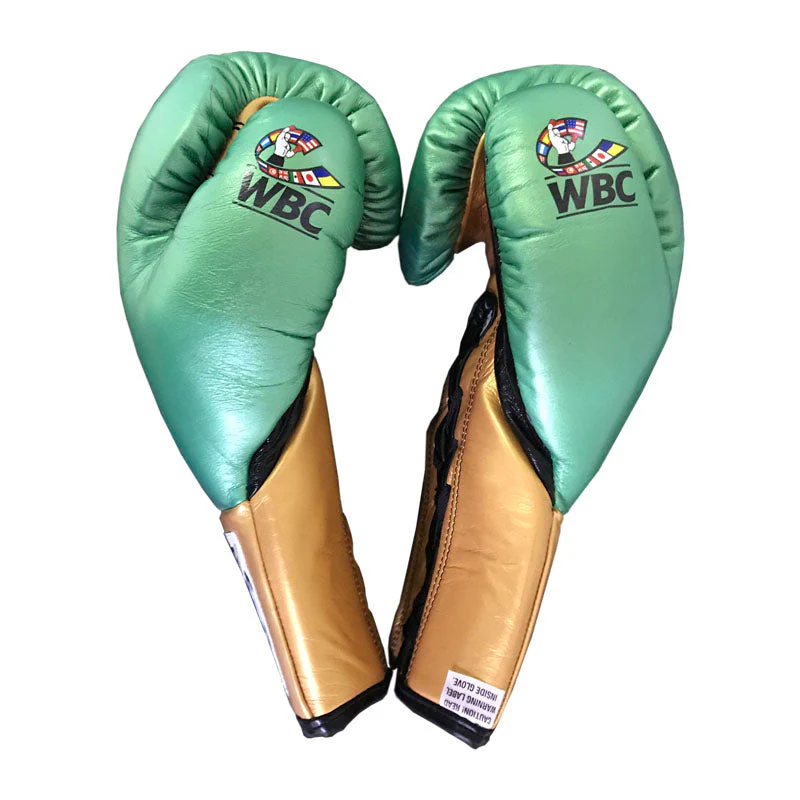
Clean Boxing Program: Created in collaboration with VADA (Voluntary Anti-Doping Association) to educate and perform anti-doping tests, promoting integrity in the sport.

Creation of New Weight Divisions: Conventions have approved the creation of several intermediate categories to ensure fairer contests:
Cruiserweight (1978, Reno, USA).
Super Flyweight (1979).
Strawweight (105 pounds) (1986, Aruba).
Super Middleweight (1987, London, England).
Bridgerweight (2020, in homage to Bridger Walker).
Creation of the WBC Women’s Championship (2004, Phuket, Thailand): A milestone that marked a new era for women’s boxing.
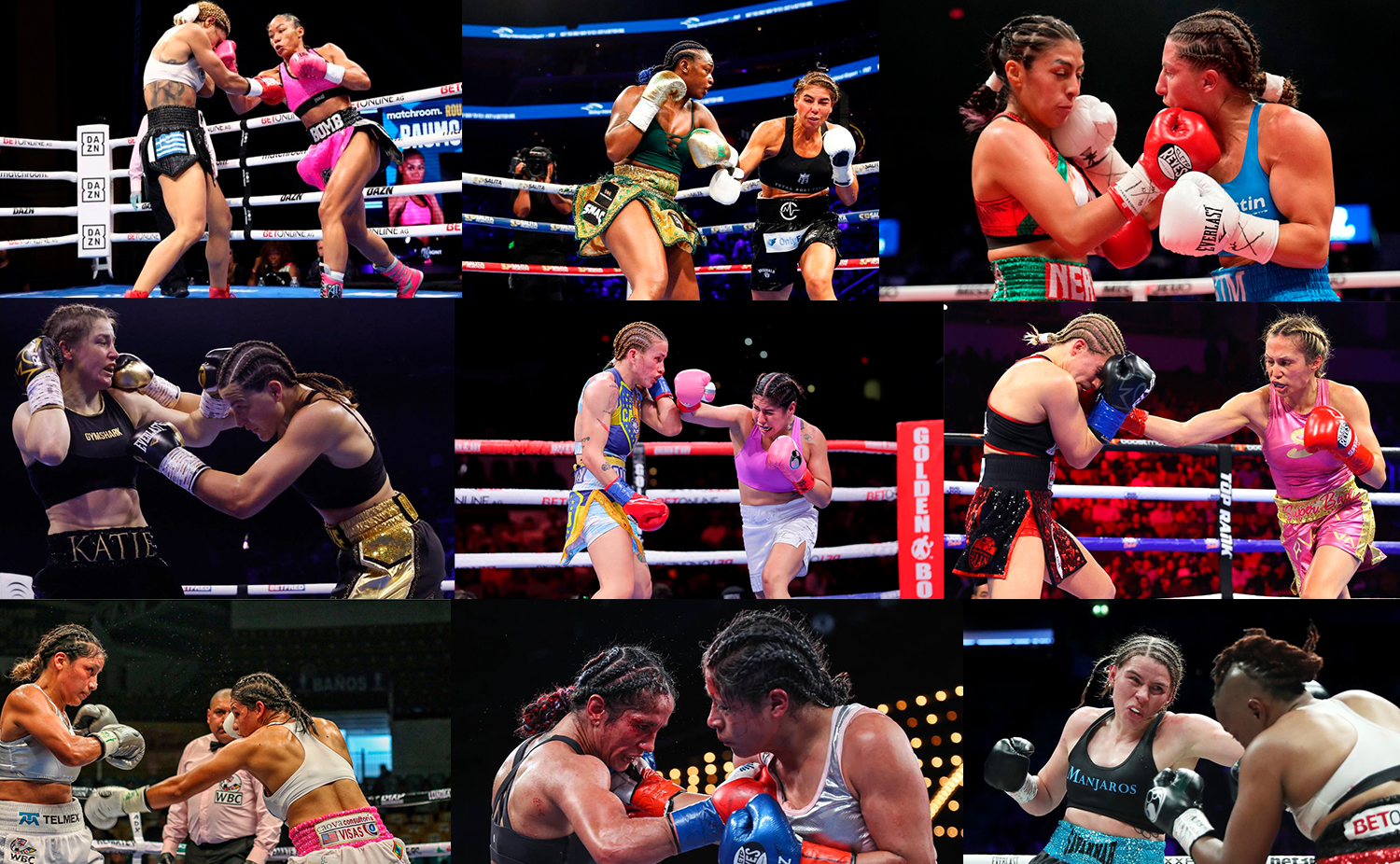
Designation of Emeritus Champion (2003, Moscow): This designation was implemented as a special recognition for great champions.
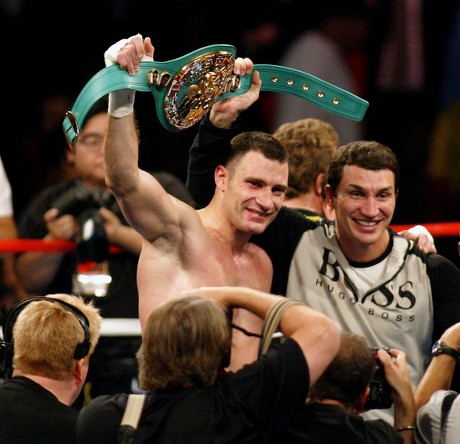
“WBC Cares” Program (2006): The social responsibility program focused on helping the community was born.

Historic Reunion of Mike Tyson and Evander Holyfield (2011, Las Vegas): The convention served as a platform for the legendary boxers to end a 14-year feud, symbolizing brotherhood in boxing.
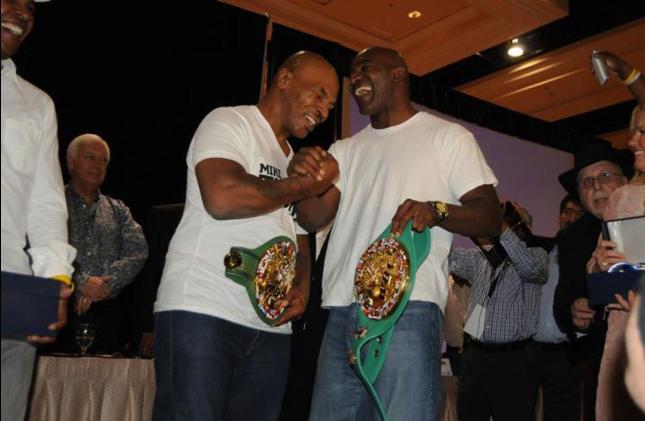
Coronation of Rubin “Hurricane” Carter (1993, Las Vegas): He was crowned Honorary WBC Champion in recognition of his innocence after being deprived of his opportunity due to unjust imprisonment.
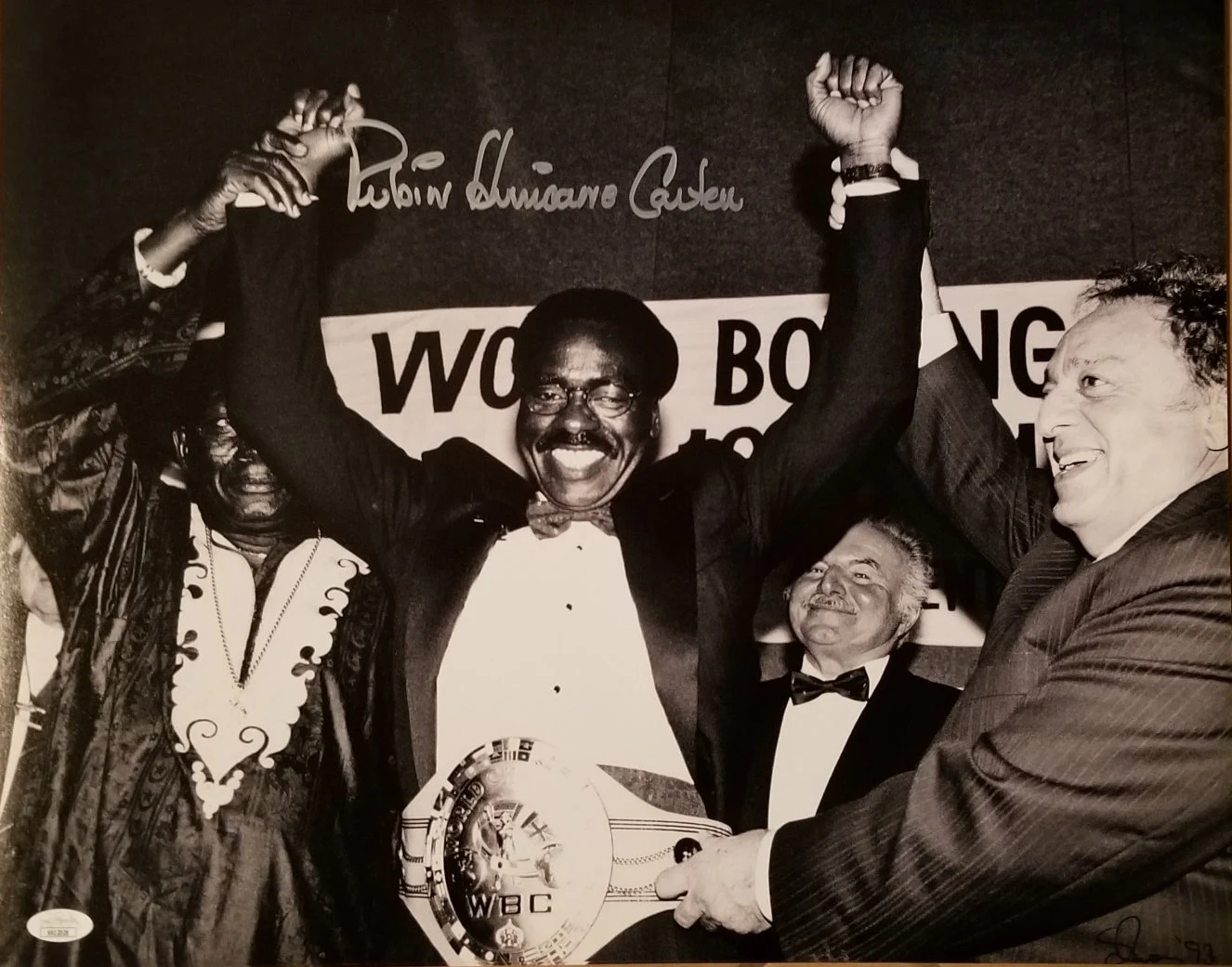
![]()
Related posts
test

